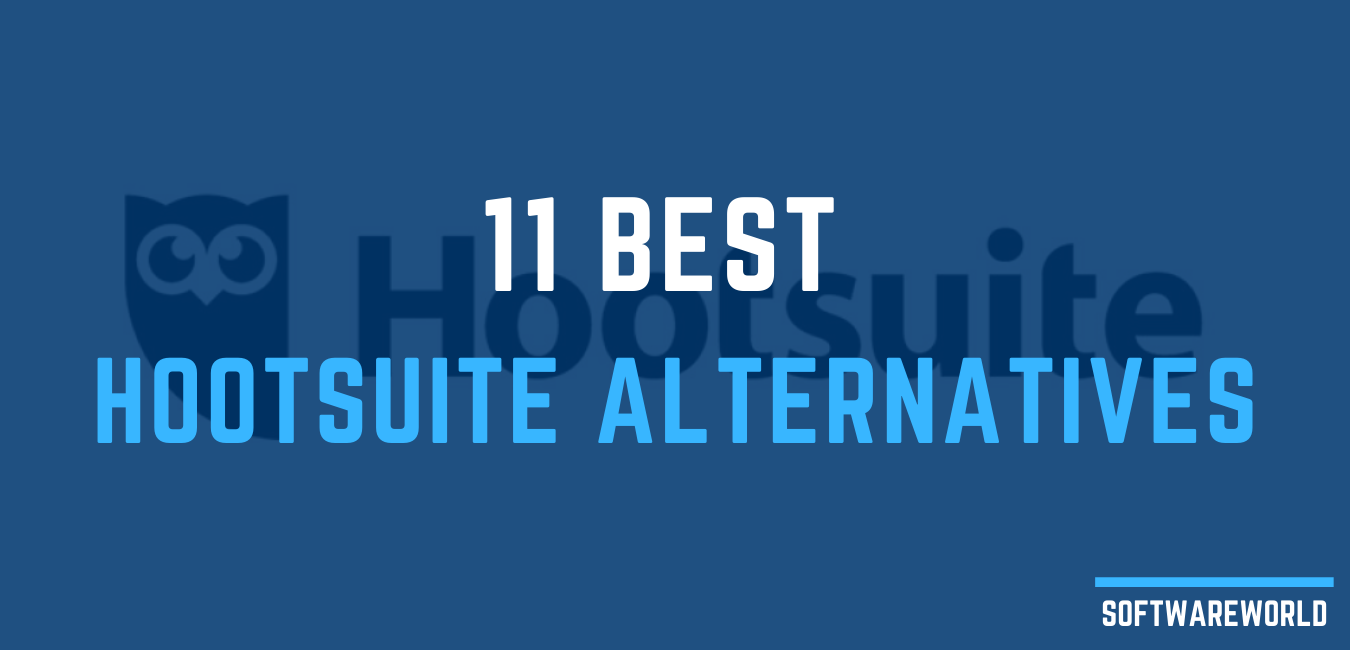Table of Contents
You have a software company, and what you need is a yardstick for judging its success. That is where you’d need reviews, which is no less than the pulse of your product. Though highly unfiltered, the software reviews are a cacophony of cheers, jeers, and everything in between.
There will be many product surveys and reviews boasting one-liners, in-depth reviews, star ratings, and more. But can you best use them?
The idea is to use customer reviews which provide a rather first-hand insight on every review, whether glowing or scathing, is a direct message from your users.
Use such reviews to benefit your product because 72% of online shoppers will act only after reading positive reviews.
The challenge lies not in gathering reviews but in interpreting them so as to use them for product development.
Let’s see how you can use it.
» Identify Pain Points You Never Knew Existed
Software reviews are a direct channel to your users' unfiltered experiences. They reveal subtle frustrations and challenges users encounter when interacting with your product. This will highlight any issues in the product that you might have missed during development or testing.
These pain points may be minor, but they can significantly impact user satisfaction and adoption. Recognizing these latent issues help create a smooth, enjoyable user experience.
Here’s how you can use the identified pain points to enhance the software product:
- Explicit complaints: See if any users directly mention any specific features, workflows, or aspects of the product that's causing discontent or confusion.
- Indirect cues: Consider gauging the positive reviews, which can contain subtle hints about areas for improvement. Users might express a desire for additional functionality or suggest workarounds for existing limitations.
- Emotional language: Pay attention to the tone and sentiment of reviews. Negative emotions like frustration or disappointment represent some of the significant underlying pain points.
- Feature requests: If you receive requests for new features or improvements, this suggests that users are trying to address some existing pain points.
» Search For Unexpected Opportunities To Drive Innovation
Your software isn't just code; it's a solution designed to make lives easier, workflows smoother, and businesses more successful.
But how do you know if it's genuinely fulfilling its purpose? Ultimately, you’ll need to meet expectations and even exceed them.
That's where software reviews as feedback come in.
They're your reality check, a mirror reflecting your users' unfiltered experiences. In those candid comments, star ratings, and passionate pleas, you’ll find a wealth of insights waiting to be unearthed.
Here’s what you can do to leverage reviews for product development
- Highlighted Pain Points: Reviews shine a spotlight on those frustrating glitches and usability hurdles that might be driving users away. They reveal hidden struggles your internal tests may have missed.
- See if you have feature requests. Forget expensive market research. Your users tell you precisely what they want, so identify the features that would make their lives easier and their workflows smoother.
- Sparks of Innovation: The seeds of your next groundbreaking feature might be hiding in plain sight within those reviews. So think of paying attention to those "wouldn't it be cool if..." moments.
» Benchmark Against Competitors
Software marketing is highly competitive, and hence, you must stay active. The competition is not just a rival but a valuable source of market intelligence offering a glimpse into what the audience thinks.
So, tune into users' feedback and unlock a treasure trove of insights that can scale your product to new heights. Every review left on a competitor's product highlights the user sentiment, indicating their ideal product needs, frustrations, and unmet demands.
Analyze and amplify users' opinions of competitors’ products to display the path to differentiation and innovation.
This is how you can use the competitor analysis for product enhancements:
- Identify Key Players: Pinpoint the key players in your market, both direct and indirect competitors vying for the same user base.
- Gather the Chatter: Cast a wide net and collect reviews from across the digital landscape: app stores, social media, review sites, and forums.
- Decode the Sentiment: Go beyond star ratings. Use sentiment analysis tools and analyze manual reviews to identify recurring themes, both positive and negative, that identify feature requests.
- Spot the Gaps and Opportunities: Compare your product's features and user feedback with your competitors' reviews. Know what products make them shine. What do users rave about that your product lacks, and also the unmet needs that no one is addressing?
- Fuel Your Product Roadmap: Leverage insights from competitors’ reviews into your product strategy. Add those highly-requested features that improve user experience based on competitor successes. You can also dare to innovate in areas where competition is lacking.
Don't wait for users to express their dissatisfaction about missing features. Stay ahead of the curve by actively monitoring competitor reviews and anticipating user needs.
» Prioritizing and Implementing Changes
You've listened to your users, analyzed their reviews, and mined a trove of insights. Now comes the real work of transforming those insights into tangible improvements. It should be something that delights your users and elevates your product.
This stage is where the true magic of product development happens. It's where you take those raw, unfiltered opinions and mold them into features, fixes, and enhancements that reverberate with your audience.
It's about pivoting data into action, ideas into reality, and user feedback into a powerful stimulus for growth. Below are some of the quick actions you can take to implement changes based on customer feedback for product development.
- Categorize feedback: Group similar feedback together, whether it's related to specific features, usability issues, performance concerns, or requests for new functionalities.
- Assess impact and urgency: Evaluate the potential impact of each piece of feedback on user satisfaction, product adoption, and your overall business goals. Consider the frequency of the issue, its severity, and its potential consequences.
- Prioritize based on value: Not all feedback carries the same weight. For this, address the most critical pain points and the features with the highest potential for positive impact. Use frameworks like the RICE scoring model (Reach, Impact, Confidence, Effort) to guide your prioritization.
- Align with product vision: Make sure the changes you implement align with your overall product vision and long-term goals.
- Set realistic timelines: Create a clear timeline for implementation, considering resource constraints and technical complexities.
- Test thoroughly: Rigorous testing is crucial to ensure that new features or fixes don't introduce unintended side effects.
» Conclusion
Now you know why customer reviews are important for a SaaS product and the role that user feedback plays in product development. These reviews aren't just a vanity metric but provide insights that add value to your product.
The tips and tricks we’ve shared in this blog can help you get started. You’ll need to engage in active listening and responding to the reviews and think of it as not just bug fixes but also adding the features.
Remember to make data-driven decisions when it comes to product development. Leverage analytics and sentiment analysis tools to identify trends and prioritize actions. Benchmark against competitors to stay ahead of the curve. As basics, ensure ensure continuous improvement iterating on your product based on real-world user needs.



